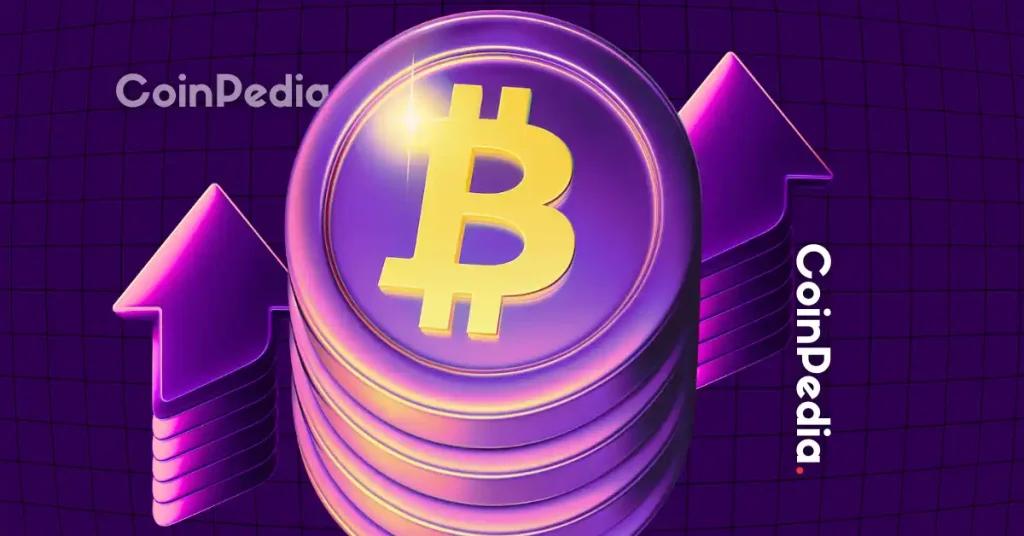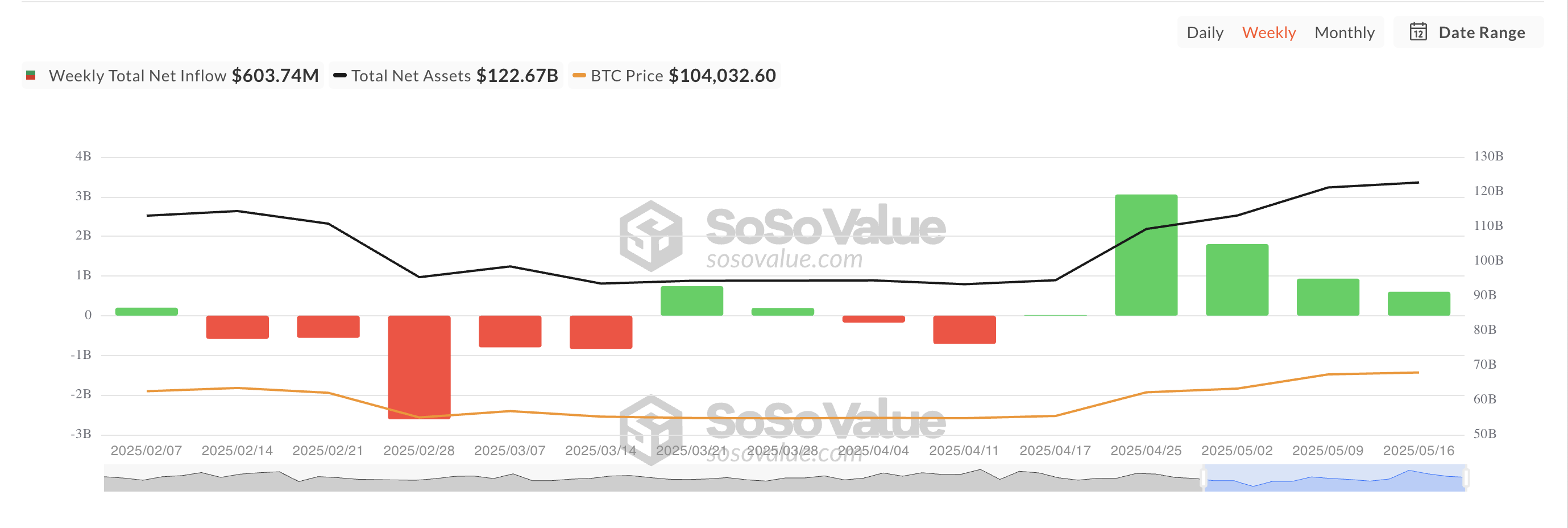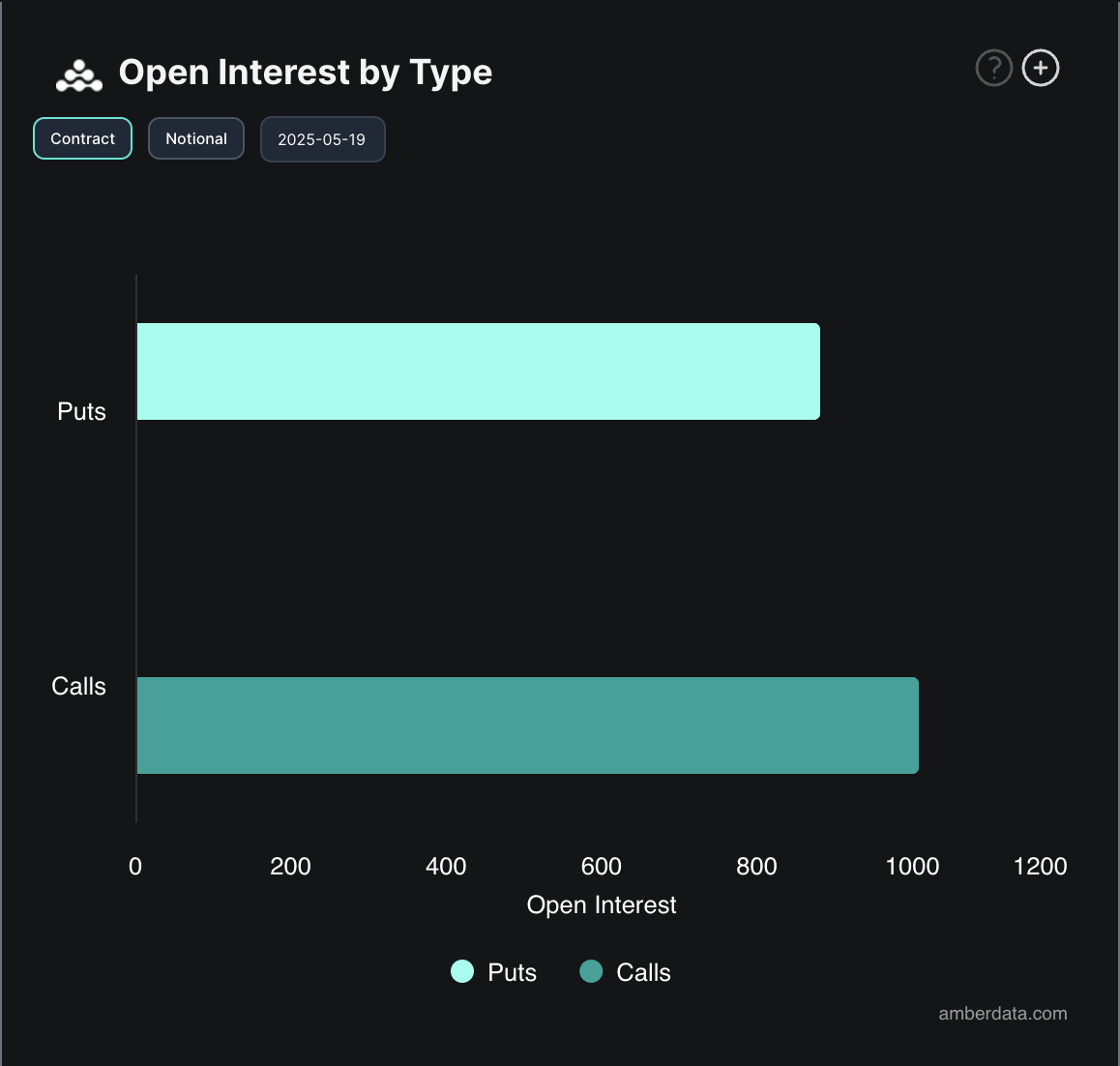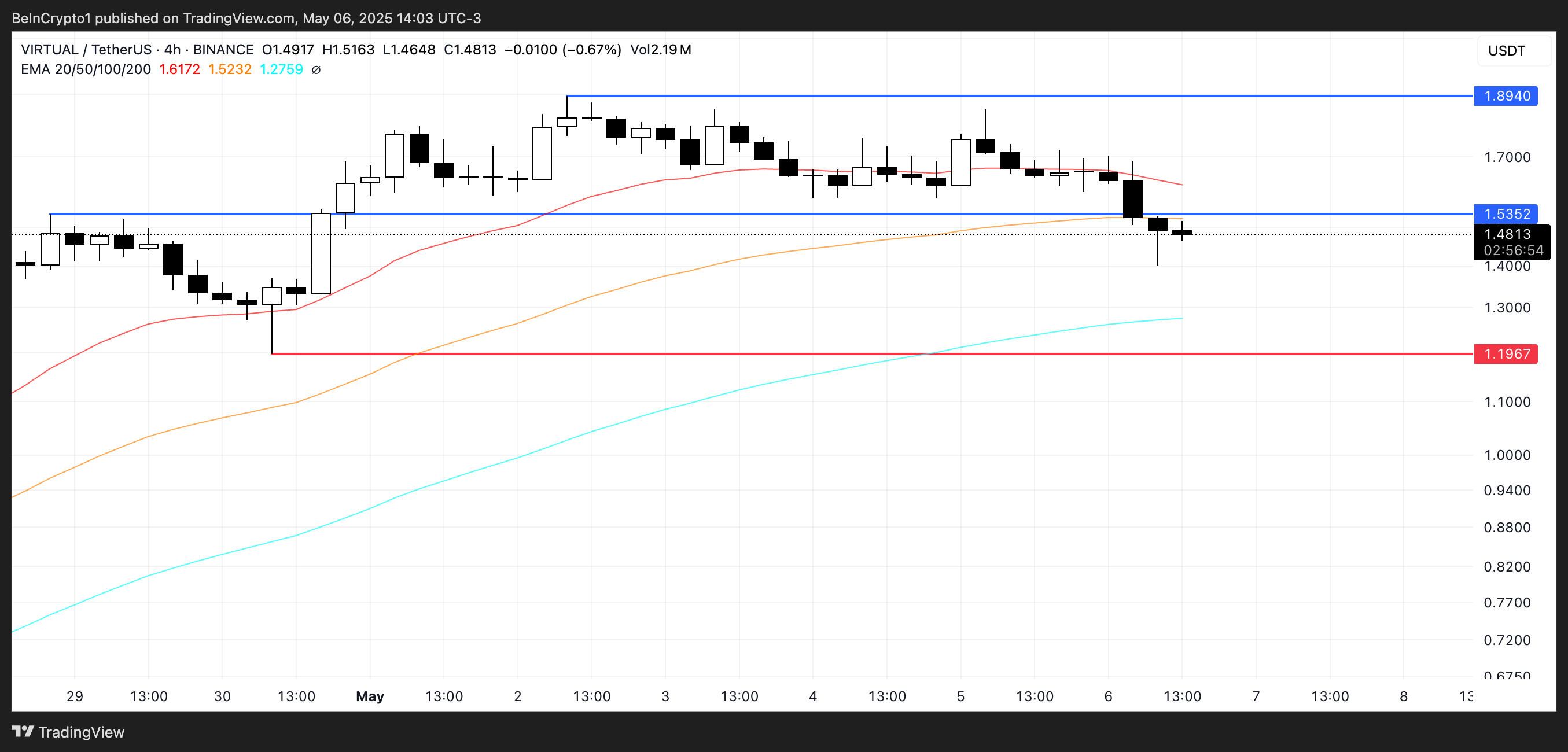
XRP has been outperforming Ethereum for five straight months in terms of price performance. This is a record run in the battle between these two top cryptocurrencies. Market statistics presented in the shape of a heat map of monthly returns show that this is the first time in history that XRP has outranked ETH for so long a duration.
XRP dethrones ETH for 5 months straight
The monthly performance comparison shows XRP gaining against ETH consistently since the beginning of 2025. Major outperformance could be seen in January (47.3%), March (39.6%), and April (14.3%).
Crypto analyst Dom pointed out the historical significance of the current performance streak. He also questioned how much longer the coin’s price can maintain its advantage over Ethereum. The monthly returns chart shows this is an anomaly in the historical relationship between the two assets. Recent analyses also speculate that the Ripple price can hit $45 if the coin follows the pattern from 2017.
This is the first time in history $XRP has outperformed $ETH for more than 5 months in a row
How much longer will this last? pic.twitter.com/Vxk2Qq3v7t
— Dom (@traderview2) April 17, 2025
The anticipated approval and launch of XRP exchange-traded funds appear to be a primary driver behind the asset’s sustained outperformance against Ethereum. Industry experts are suggesting that the prospect of several XRP ETFs is creating a lot of demand for purchasing ahead of regulatory announcements.
Cryptocurrency YouTuber Good Morning Crypto calls these ETF products “big vacuum cleaners” that suck the XRP out of the market. Every time an investor buys a position in an ETF, the XRP is stored by a reliable custodian, which reduces the amount of coins available for trading.
How XRP/ETfs and Market Makers will fight over XRP.
Lock in. https://t.co/Gb3l4GoRNH
— Digital Perspectives (@DigPerspectives) April 16, 2025
There are about 18 products in development, which would drive prices considerably higher. The analyst also referenced rumors that BlackRock, which has assets under management of some $11 trillion, might soon introduce an XRP ETF. Such involvement by large companies might spur this trend further.
ETF momentum fuels the coin’s relative strength
The improving regulatory environment for XRP is creating a scenario where both investors and commercial users are competing for the same limited supply. Good Morning Crypto explained that regulatory progress in areas such as market infrastructure, taxation, and stablecoins could be completed as soon as August 2025.
Once this regulatory clarity is established, businesses will begin integrating XRP into their operational models. Market makers and payment providers who need to use XRP daily will recognize that increasing demand from ETF investors is continuously driving up prices.
This creates a compelling economic incentive for commercial users to secure their XRP supply now rather than later. As the YouTuber described, businesses realize that “today it costs less than it will tomorrow.” This will push them to purchase not just for current needs but for anticipated future requirements as well.
The monthly performance data visible in the heat map shows that this accumulation pattern may already be underway. While XRP price has historically experienced high volatility in its ETH pairing, the current five-month streak shows more consistent positive performance than in previous years.
It is worth mentioning that there has also been speculation on how high the XRP price could rise if the Swift payments integrates the Ripple network this week.
The post XRP Continues To Outpace ETH For 5 Months; What Lies Ahead? appeared first on CoinGape.











